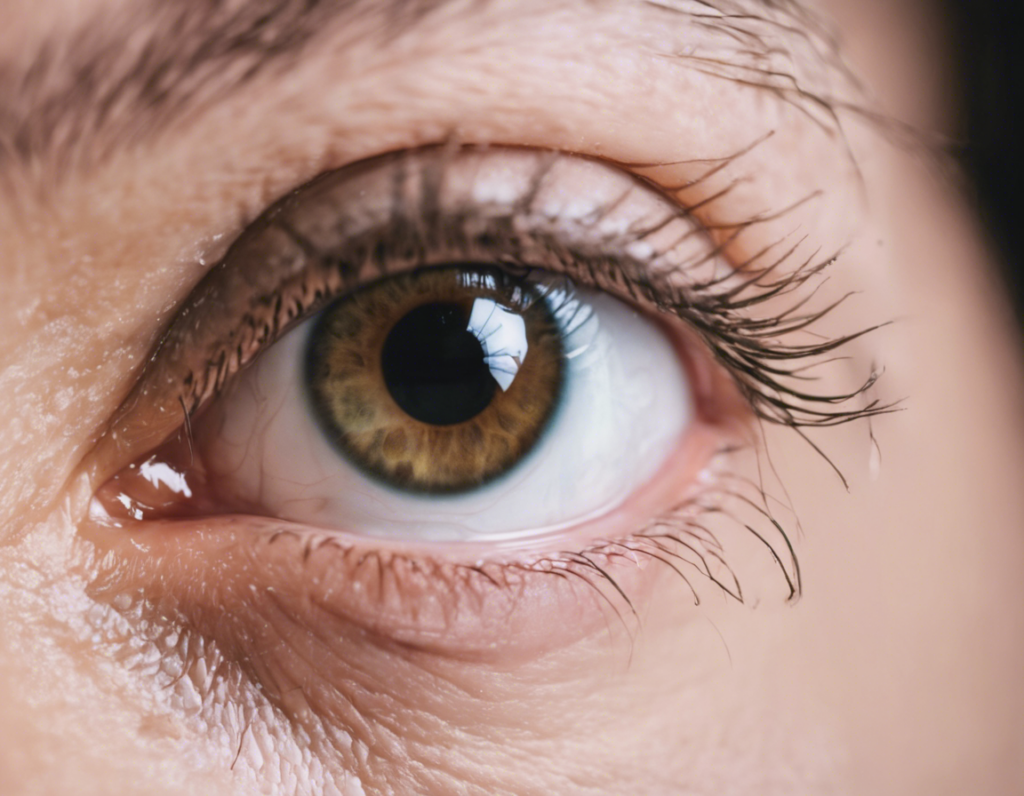Introduction
Eye flu, also known as viral conjunctivitis, is a common, contagious infection that causes inflammation of the clear membrane covering the whites of the eyes and the inner part of the eyelids. Symptoms of eye flu include redness, irritation, tearing, and discharge. While this condition usually resolves on its own within one to two weeks, the discomfort it causes may prompt individuals to seek relief through eye drops.
Understanding Eye Flu
Before delving into the best eye drops for eye flu, it’s important to have a basic understanding of the condition. Eye flu is typically caused by a virus, such as the adenovirus, and can be highly contagious. It spreads through direct contact with infected individuals, contaminated surfaces, or respiratory droplets. Symptoms can range from mild to severe and may affect one or both eyes.
Symptoms of Eye Flu
Symptoms of eye flu can vary but commonly include:
- Redness in the whites of the eyes
- Watery eyes
- Grittiness or foreign body sensation
- Swelling of the eyelids
- Sensitivity to light
- Discharge from the eyes
- Itching or burning sensation
Using Eye Drops for Relief
While eye flu typically clears up on its own, eye drops can provide relief from uncomfortable symptoms. There are various types of eye drops available over the counter, each designed to target specific symptoms. It’s essential to choose the right eye drops to address your individual needs and alleviate discomfort effectively.
Best Eye Drops for Eye Flu
When selecting eye drops for eye flu, it’s crucial to opt for products that provide relief for the specific symptoms you are experiencing. Here are some of the best eye drops to consider:
1. Artificial Tears
Artificial tears are lubricating eye drops that can help alleviate dryness and irritation associated with eye flu. They work by moisturizing the eyes and providing temporary relief from discomfort.
2. Antihistamine Eye Drops
Antihistamine eye drops can help relieve itching and redness caused by allergies or irritants. They work by blocking histamine, a chemical released by the immune system in response to allergens.
3. Decongestant Eye Drops
Decongestant eye drops are designed to reduce redness in the eyes by constricting blood vessels. They can provide quick relief from eye redness, making the eyes appear less bloodshot.
4. Steroid Eye Drops
Steroid eye drops are prescribed for severe cases of eye flu to reduce inflammation and swelling. They work by suppressing the immune response and alleviating symptoms such as redness and irritation.
5. Antibiotic Eye Drops
In cases where eye flu is caused by a bacterial infection, antibiotic eye drops may be prescribed to combat the underlying infection. These eye drops help eliminate bacteria and prevent the infection from spreading.
Tips for Using Eye Drops
When using eye drops for eye flu, it’s essential to follow these tips for maximum effectiveness:
- Wash your hands before applying eye drops to prevent introducing bacteria or contaminants into your eyes.
- Tilt your head back and pull down your lower eyelid to create a small pocket for the drops.
- Avoid touching the tip of the eye drop container to prevent contamination.
- Wait at least five minutes between applying different types of eye drops, if using multiple varieties.
- Use eye drops as directed by your healthcare provider or follow the instructions on the product label.
Frequently Asked Questions (FAQs)
1. Can I use over-the-counter eye drops for eye flu?
Yes, over-the-counter eye drops can provide relief for mild symptoms of eye flu. However, if your symptoms are severe or persistent, it’s essential to consult a healthcare provider for a proper diagnosis and treatment plan.
2. How often should I use eye drops for eye flu?
The frequency of eye drop use depends on the type of eye drops you are using and the severity of your symptoms. Follow the instructions provided with the eye drops or consult your healthcare provider for guidance.
3. Can I wear contact lenses while using eye drops for eye flu?
It’s best to avoid wearing contact lenses while experiencing symptoms of eye flu, as contact lenses can exacerbate irritation and discomfort. Consult your eye care provider for guidance on when it is safe to resume wearing contact lenses.
4. Are there any side effects of using eye drops for eye flu?
Some common side effects of eye drops may include temporary stinging or burning sensation, blurred vision, or increased sensitivity to light. If you experience persistent or severe side effects, discontinue use and consult a healthcare provider.
5. How long does it take for eye drops to provide relief for eye flu symptoms?
The timeframe for experiencing relief from eye drops can vary depending on the type of drops used and the severity of symptoms. Some eye drops may provide immediate relief, while others may take longer to take effect. If you don’t notice improvement after a few days, consult your healthcare provider for further guidance.
In conclusion, while eye flu can be uncomfortable and irritating, relief is available through the use of appropriate eye drops. By selecting the right eye drops for your symptoms and following proper application techniques, you can effectively manage the discomfort associated with eye flu and promote faster healing. If symptoms persist or worsen, it’s essential to seek medical advice for appropriate diagnosis and treatment.
